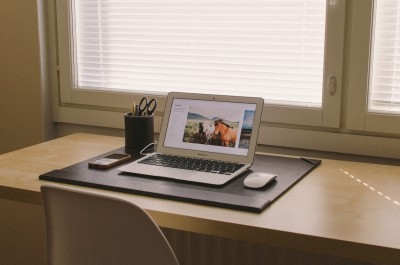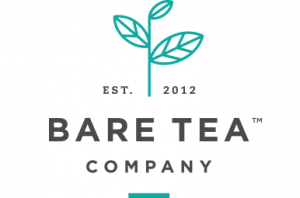 Website user experience is more than just a geeky term web designers use to pitch to their clients. It is a reality: either you make browsing your website a pleasant experience for the average user (even for a user getting on the internet for the first time) or you lose the engagement and conversion to your competition.
Website user experience is more than just a geeky term web designers use to pitch to their clients. It is a reality: either you make browsing your website a pleasant experience for the average user (even for a user getting on the internet for the first time) or you lose the engagement and conversion to your competition.
There are many concepts and schools of thought regarding user experience, but there are some core ideas which are either so self-evident or effective that everyone agrees on them. Therefore, we will try to put the focus on these ideas: the forever fresh and efficient ways to make every visit on your website a memorable one.
So, let’s start with our countdown to an amazing website user experience:
#1: White Space
No matter how and to where web design trends and web building platforms evolve, one thing remains a staple for great user experience: an airy looking web page with lots of white space to help visitors focus on each element of the page. White space is also important for a very basic reason: to avoid eye fatigue.
Too many things going on in your web page, like big chunks of text, photos, banners and videos, will confuse the visitors so much that they will not be able to focus on any of them properly. “Busy” looking designs were never a good idea, but these days they are downright catastrophic given the fact that more and more people browse the internet from a mobile phone.
#2: Responsive Web Design and No Excuses
Let me tie in this tip to the previous one. As more people choose mobile devices for browsing the internet, building your website with a responsive design is a must. If you want one good reason for that, here you have it: Google is penalizing websites which are not responsive.
You can build the best SEO strategy in the universe, but if your website is not responsive you will not rank among the first Google results. It is also a matter of common sense: technology evolves and people’s lifestyles change, so you should keep up with them.
#3: Page Speed
Do you remember those slow loading web pages? You don’t? That is probably because you navigated away from them in a matter of seconds and never bothered to return to them.
These days we employ parallax scripts and other gimmicks to make scrolling down a pleasant experience, but the basic prerequisite is fast page loading speed. You cannot disguise a slow loading page under widgets, 3D effects and such. There is no replacement to sheer, simple functionality.
#4: Clear Font and a Good Color Scheme
Even though people do not spend time reading long articles on a website, any text you have there should be easy to read and in clear, large font that is comfortable for everyone. Do not use overly embellished fonts, such as Gothic types or solid fonts, because they are very difficult to read, even in large size. A regular 12 size is practically illegible for many artistic fonts.
The color scheme is yet another sore point for user experience. Top offenders in this respect are colors which vibrate together, such as red and blue, green and yellow and so on. Select a pleasant color scheme for your site, which does not cause eye fatigue.
#5: Simple and Clean Looking Forms
Leaving the best for last, if you want to build a solid subscriber base, offer your visitors simple and short opt-in forms, which do not require too much information, have large and clean looking text boxes and an attractive looking ‘Subscribe’ button.
These top five user experience elements are critical if you want to have a functional website which promotes your business and brings you the clients you need.
Digital & Social Articles on Business 2 Community(20)
Report Post




